Kaolin is a mineral that holds immense value due to its versatility and extensive range of applications across various industries. This article aims to provide an overview of the significance and uses of kaolin, further highlighting its economic potential for businesses. What is Kaolin? Kaolin, also known as china clay, is a white, soft clay mineral composed primarily of the mineral kaolinite. It is mined from deposits found all over the world, with major production occurring in countries such as China, the United States, Brazil, Australia, and the United Kingdom. Properties and Composition: Kaolin owes its unique properties to its layered crystal structure. It is characterized by its fine particle size, high aspect ratio, excellent plasticity, and low abrasiveness. It is resistant to heat, chemicals, and electrical conduction, making it suitable for various specialized applications.
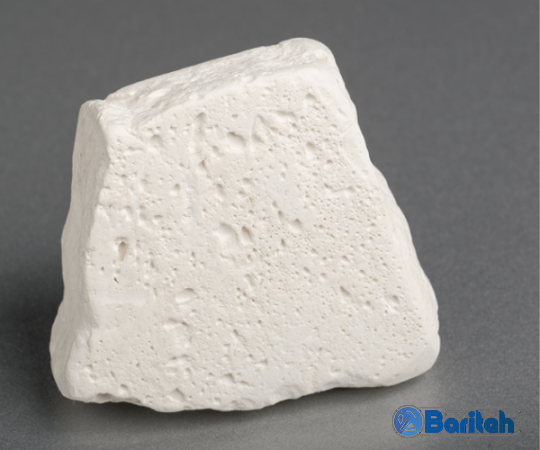
.
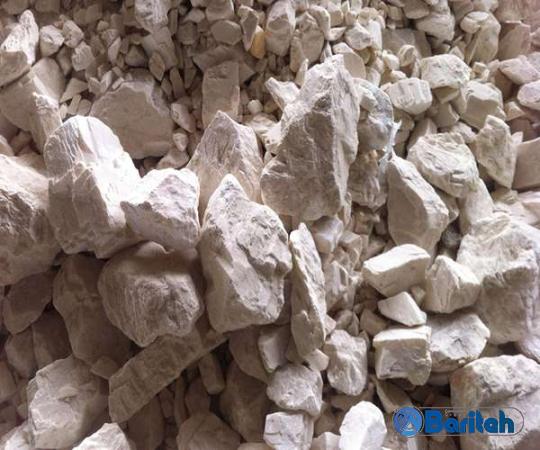 Applications across Industries: 1. Ceramics and Refractories: Kaolin serves as a key ingredient in the production of ceramics, porcelain, and refractories due to its low shrinkage, high fusion point, and excellent molding qualities. Its inclusion enhances mechanical properties, improves firing characteristics, and imparts desirable finishes. 2. Paper and Pulp: Kaolin plays a pivotal role in the paper industry, acting as a functional filler and coating component. It improves the opacity, brightness, printability, and smoothness of paper products while reducing the overall cost of production. Additionally, it helps control ink absorption and enhances the binding of ink to the paper. 3. Paints and Coatings: Kaolin is extensively used in the paints and coatings industry as a functional extender and pigment. It improves overall durability, provides excellent coverage, enhances viscosity control, and imparts both opacity and brightness to coatings. Its low oil absorption properties make it ideal for high-quality gloss paints.
Applications across Industries: 1. Ceramics and Refractories: Kaolin serves as a key ingredient in the production of ceramics, porcelain, and refractories due to its low shrinkage, high fusion point, and excellent molding qualities. Its inclusion enhances mechanical properties, improves firing characteristics, and imparts desirable finishes. 2. Paper and Pulp: Kaolin plays a pivotal role in the paper industry, acting as a functional filler and coating component. It improves the opacity, brightness, printability, and smoothness of paper products while reducing the overall cost of production. Additionally, it helps control ink absorption and enhances the binding of ink to the paper. 3. Paints and Coatings: Kaolin is extensively used in the paints and coatings industry as a functional extender and pigment. It improves overall durability, provides excellent coverage, enhances viscosity control, and imparts both opacity and brightness to coatings. Its low oil absorption properties make it ideal for high-quality gloss paints.
..
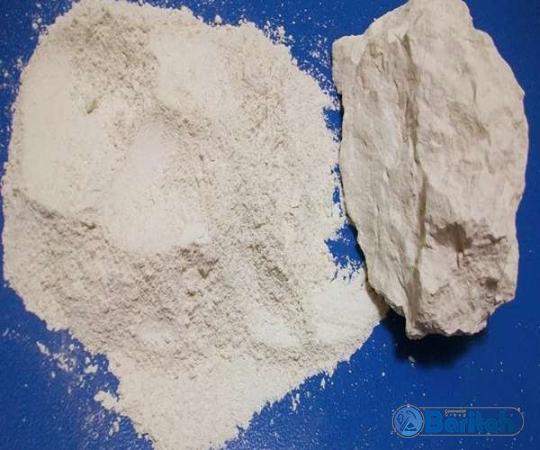 4. Pharmaceuticals and Cosmetics: Kaolin finds applications in the pharmaceutical and cosmetic industries due to its absorption, anti-caking, and bulking properties. It is used as an active ingredient in medical formulations, skincare products, and as a coating material for pills and tablets. 5. Plastics and Rubber: Kaolin is employed as a reinforcing agent and filler in plastic and rubber manufacturing. It imparts strength, toughness, dimensional stability, and anti-blocking properties to plastic polymers. In rubber, it enhances the mechanical properties, abrasion resistance, and reduces shrinkage during processing. 6. Construction and Building Materials: Kaolin is used in the construction industry as filler in cement, concrete, and mortar formulations. It improves workability, reduces cracking, enhances fire resistance, and improves durability.
4. Pharmaceuticals and Cosmetics: Kaolin finds applications in the pharmaceutical and cosmetic industries due to its absorption, anti-caking, and bulking properties. It is used as an active ingredient in medical formulations, skincare products, and as a coating material for pills and tablets. 5. Plastics and Rubber: Kaolin is employed as a reinforcing agent and filler in plastic and rubber manufacturing. It imparts strength, toughness, dimensional stability, and anti-blocking properties to plastic polymers. In rubber, it enhances the mechanical properties, abrasion resistance, and reduces shrinkage during processing. 6. Construction and Building Materials: Kaolin is used in the construction industry as filler in cement, concrete, and mortar formulations. It improves workability, reduces cracking, enhances fire resistance, and improves durability.
…
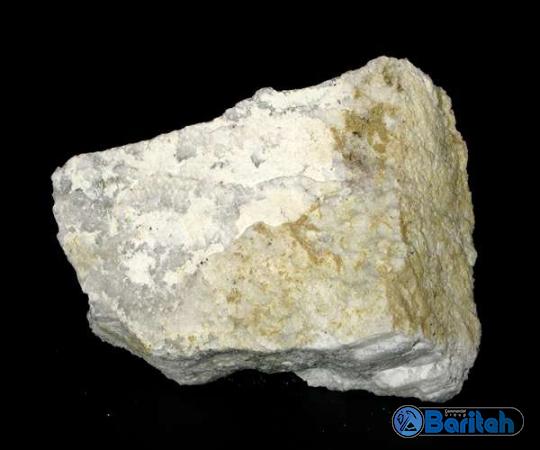 Economic Potential: The wide array of applications and the growing demand for kaolin make it an attractive investment opportunity for businesses. The market is expected to witness significant growth owing to the ever-increasing demand from sectors such as ceramics, paper and pulp, paints and coatings, and plastics. Additionally, its eco-friendly nature and ease of availability further add to its economic potential. Conclusion: Kaolin’s unique properties and diverse range of applications make it an indispensable mineral across various industries. Its inclusion in several manufacturing processes enhances product performance, quality, and cost-efficiency. With its promising economic potential, businesses can explore the lucrative opportunities offered by the kaolin industry.
Economic Potential: The wide array of applications and the growing demand for kaolin make it an attractive investment opportunity for businesses. The market is expected to witness significant growth owing to the ever-increasing demand from sectors such as ceramics, paper and pulp, paints and coatings, and plastics. Additionally, its eco-friendly nature and ease of availability further add to its economic potential. Conclusion: Kaolin’s unique properties and diverse range of applications make it an indispensable mineral across various industries. Its inclusion in several manufacturing processes enhances product performance, quality, and cost-efficiency. With its promising economic potential, businesses can explore the lucrative opportunities offered by the kaolin industry.
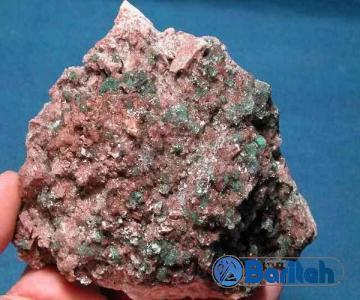
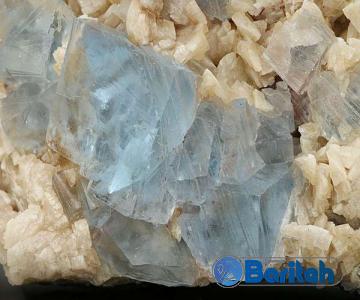
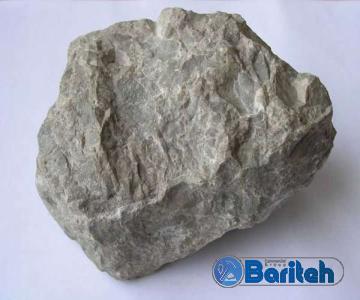
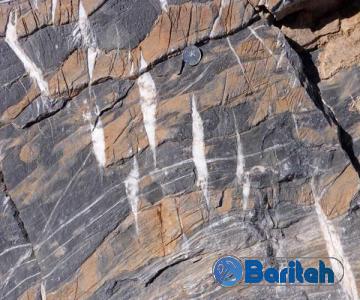
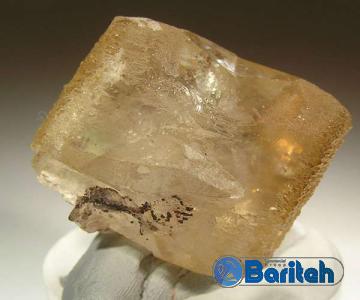
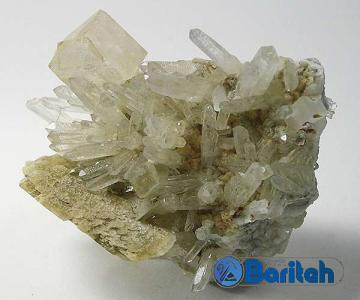
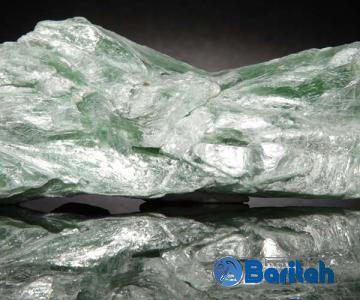
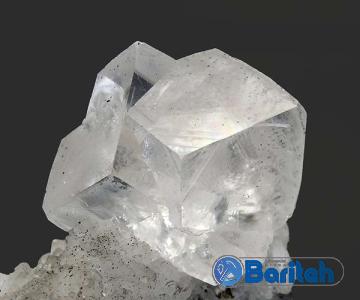

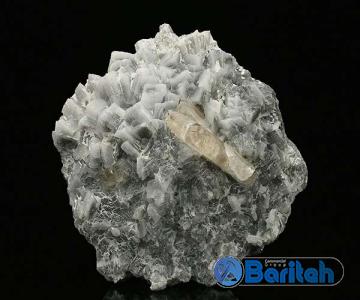
Your comment submitted.